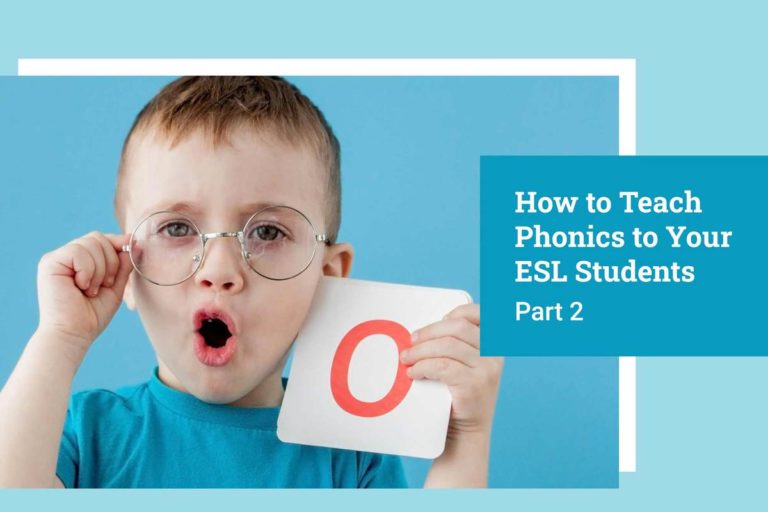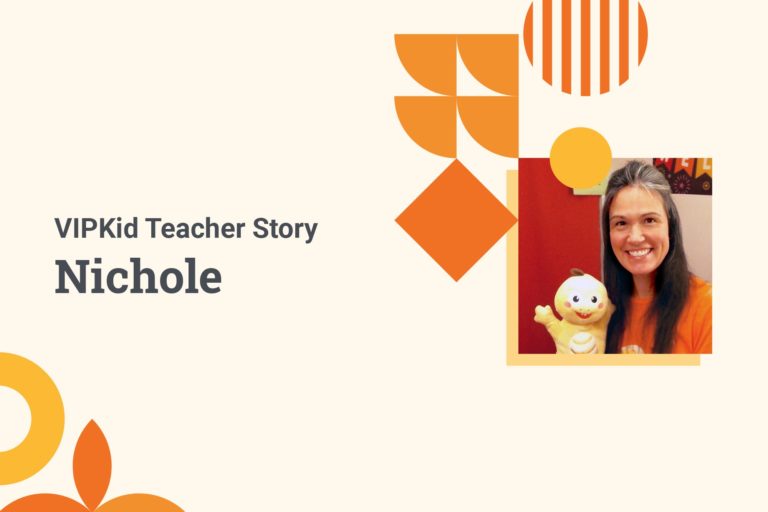Ready to start teaching English online?
Teach with VIPKidIf you’re above a certain age, the word “phonics” might trigger a deep-seeded memory from your childhood about “Hooked on Phonics”. We all know that phonics is an important part of learning English. But did you know that there are multiple different types of phonics? We’ll break down what phonics is, the four types of phonics, and the most effective online classroom strategies to teach phonics to ESL students.
What is Phonics?
Phonics is the study of the relationship between written language and the sounds they make in spoken language. Or, more simply, phonics is the method of teaching people how to read and write! Students learning phonics learn the sounds that letters and letter combinations make and how to put those sounds together to form words and sentences. For ESL students, phonics also helps improve English pronunciation along with reading and writing skills.
There are four types of phonics, each focusing on a different method of learning. Let’s take a closer look at the four different types of phonics, and how they’re each implemented in the classroom.
What Are the Four Types of Phonics?
Synthetic phonics
Also known as blended phonics, the goal of synthetic phonics is to correctly identify how letters sound individually, and blending those sounds together to form words. This Involves students being given a series of short words and having to “sound it out” based on their knowledge of the sounds of the letters.
In synthetic phonics, beginner students are typically given short words following the consonant-vowel-consonant pattern, commonly known as “CVC words”. An example of this is the word “cat”. Once a student has an understanding of the sounds each letter in the word makes, they can easily put together the sounds “CUH-AH-TUH” to sound out the word “cat”!
Once students progress past the sounds individual letters make, they’re ready for more complicated sounds like consonant blends and consonant clusters, combinations of letters that make unique sounds. Examples of consonant clusters are “sh”, “th”, “qu”, etc.
Analytic phonics
Analytic phonics, in some ways, is taught in the opposite way of synthetic phonics. Students aren’t asked to sound out words based on sounds they already know. In analytic phonics, teachers show students words that share a common sound (for example, “mat”, “mouse”, and “mop”). Students then identify what sound those words have in common, and identify the letter that makes that sound (in this case, the letter “m”).
Analogy phonics
Analogy phonics is a subset of analytic phonics. But instead of words sharing a sound coming from one letter, students focus on a combination of letters and the sounds they make together. This allows students to create “word families” for those letters. For example, if the letter combination is the “-at” ending of a word, teachers would help students create a word family with words like “cat”, “bat”, and “hat”.
Embedded phonics
When teaching using the embedded phonics method, teachers don’t dedicate lesson time exclusively to phonics. Instead, the phonics learning is “embedded” within the lesson. Students learn by reading books, either on their own or along with their teacher. Teachers can then identify problem areas that a student may have when reading certain words, and create future lesson material around them.
This can be an effective supplementary method with students who already have a baseline understanding of phonics, but embedded phonics has proven to be ineffective as a teaching method on its own. Students need direct teaching to learn the basics of phonics along with the contextual learning that the embedded phonics method provides.
What is the best way to teach phonics to ESL students?
Systematic phonics is the most proven and effective way to teach phonics to ESL students. But systematic phonics is not just one specific method. Instead, it’s the general term to describe teaching phonics directly in a “systematic” way. This means that there are lessons and classroom time dedicated to explicitly teaching phonics like in the analytic, systemic, and analogy phonics methods, as opposed to the implicit teaching taking place in the embedded phonics method.
VIPKid teachers will recognize some of the main pieces of systematic phonics from their lessons in the online classroom, but might not know them by name. Segmenting, for example, is the practice of “sounding out” a word by breaking it down letter by letter. Blending turns that on its head, having students “blend” the sounds of letters and letter combinations together to form a complete word.
___
There’s a common misconception that systematic phonics encourages an unengaging “drilling” style of lesson, especially when teaching English online. But just because the teaching needs to happen more directly, that doesn’t mean it needs to be boring! When you teach kids English online, take pieces of the different methods used in systematic phonics and turn them into games and activities to encourage active learning. Be creative in your teaching methods as an online English teacher!
What are some of your favorite ways to teach phonics as an online English tutor? Let us know on Twitter @thevipkidlife or share to one of our official VIPKid teacher Facebook groups!



